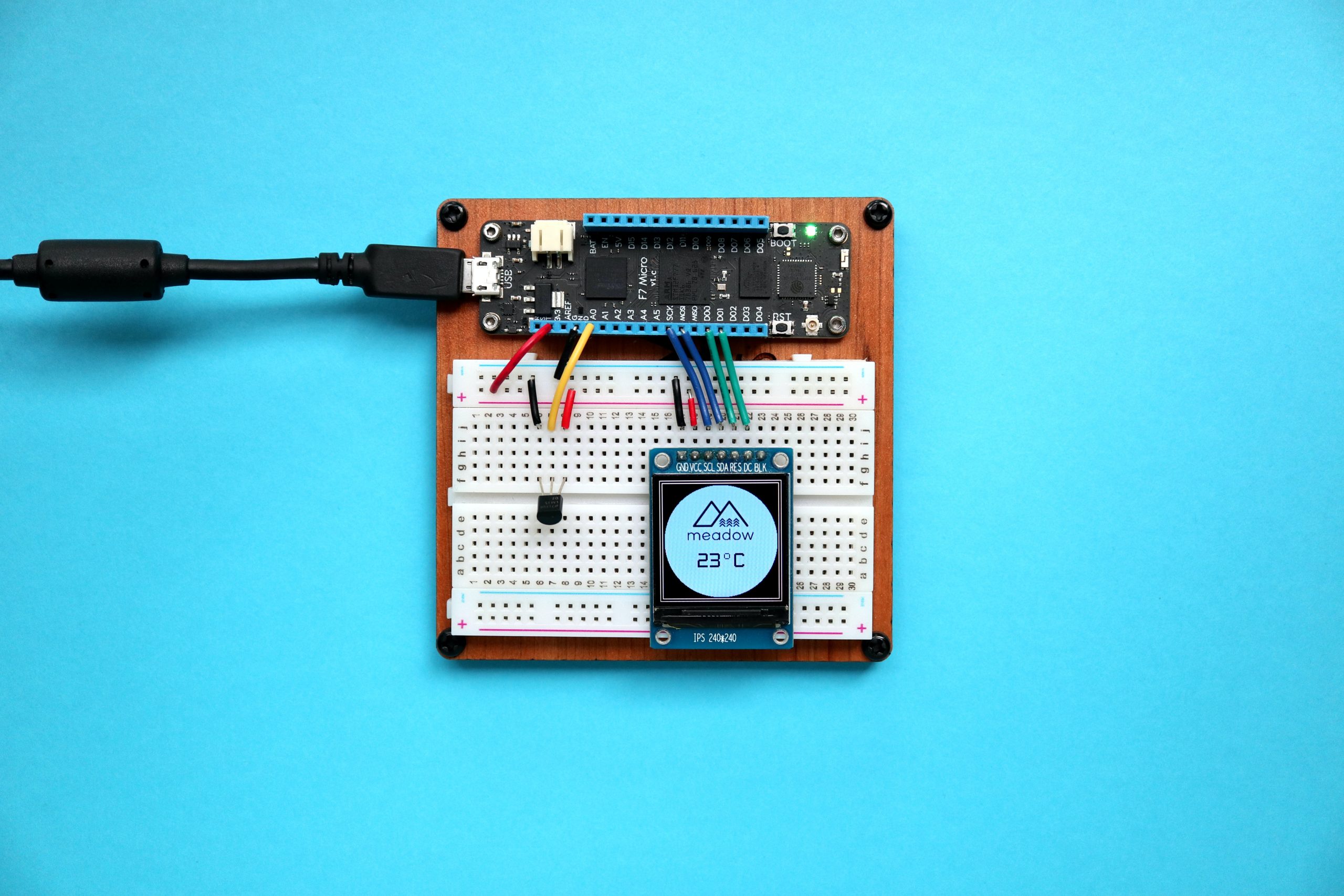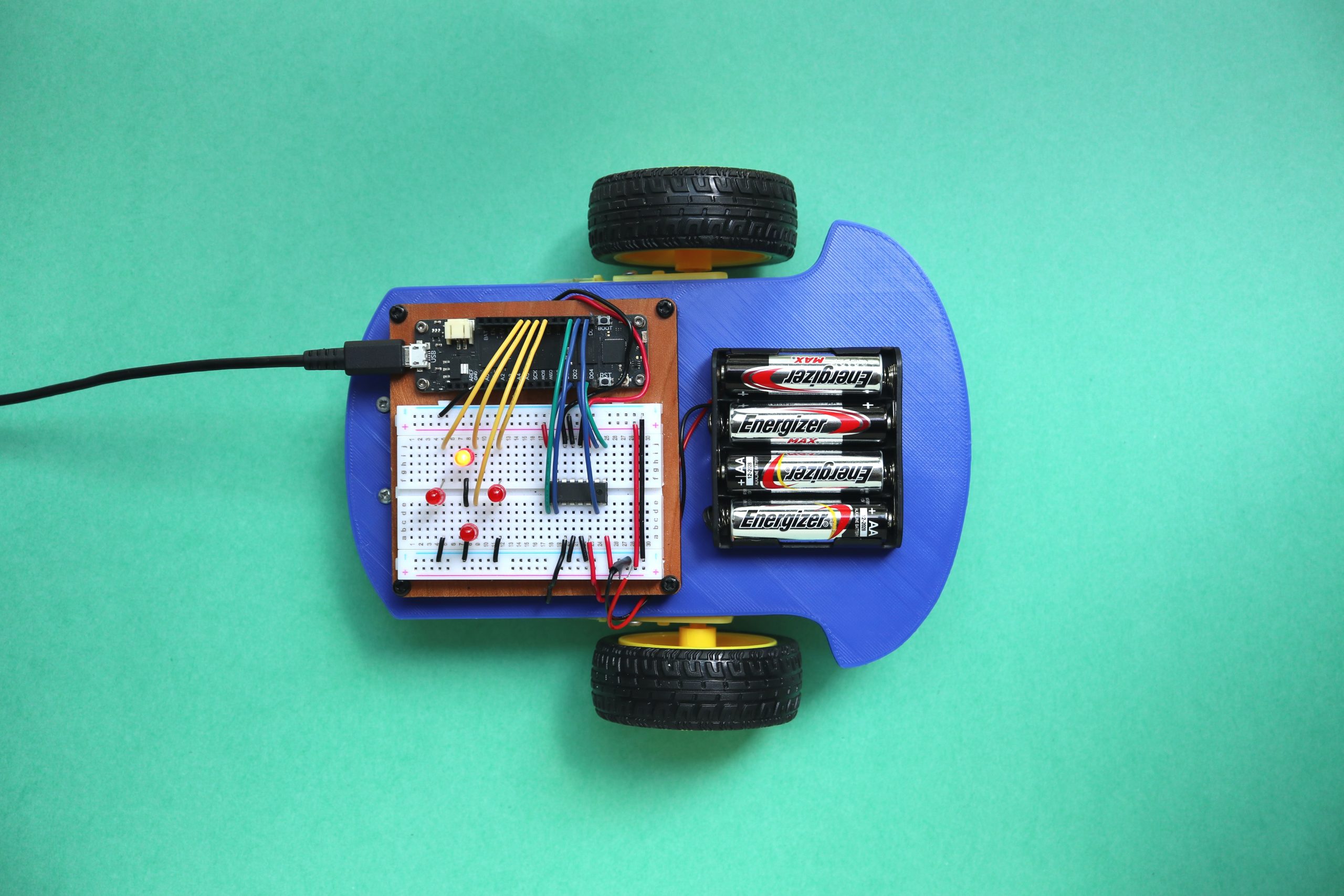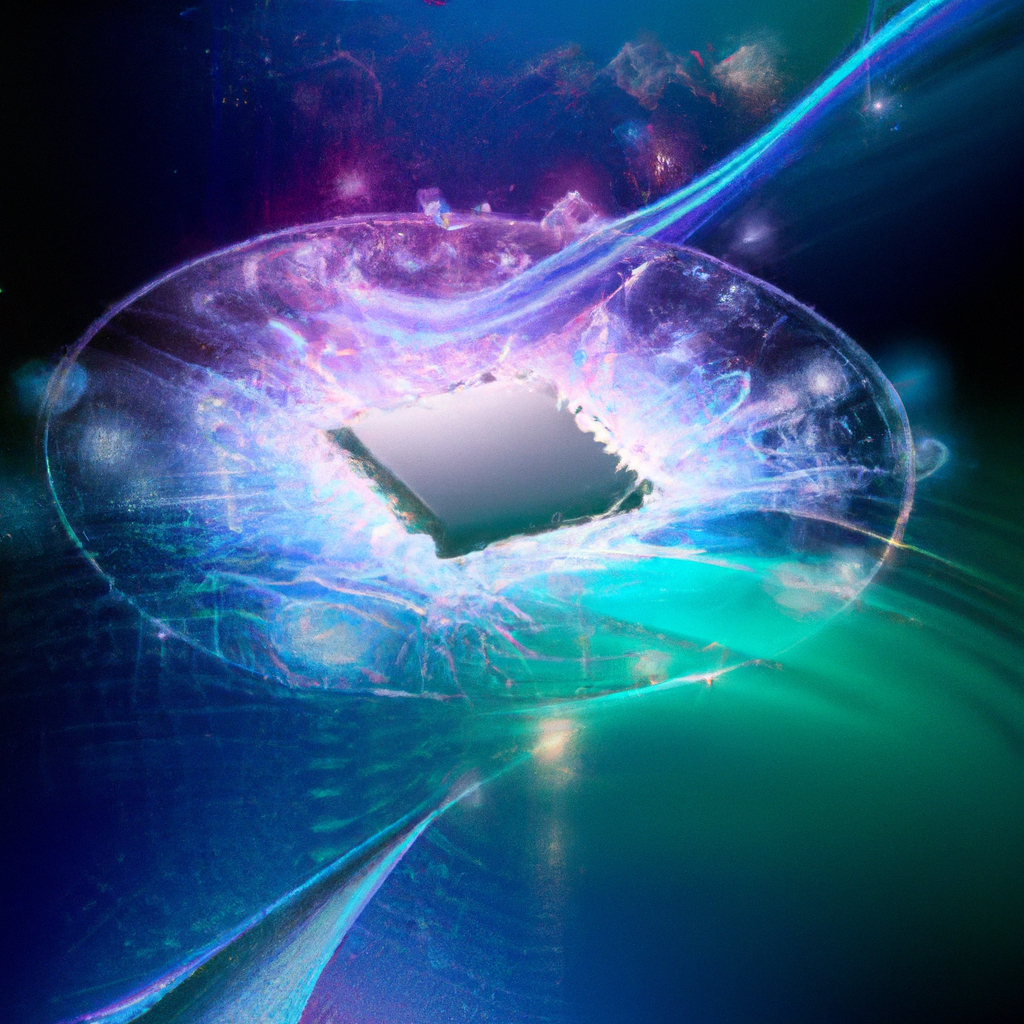Imagine a world where every inch of our planet is intelligently monitored, providing us with real-time data on everything from temperature and air quality to movement and sound. Enter smart dust – tiny sensors that have the potential to revolutionize the way we monitor and understand our environment. These minuscule devices, no larger than a grain of rice, can be deployed in vast quantities to collect data on a scale never before imaginable. With the ability to communicate with each other wirelessly, smart dust holds the promise of ushering in a new era of environmental surveillance and insights. In this article, we will explore the fascinating world of smart dust and its endless potential to improve our lives.
Smart Dust: Tiny Sensors that Could Monitor Everything, Everywhere
1. What is Smart Dust?
Smart Dust refers to a technology that involves the use of tiny, wireless sensors called “motes” or “mote sensors.” These sensors are as small as a grain of sand and can be sprinkled or dispersed in the environment to gather data. The concept of Smart Dust originated from the University of California, Berkeley in the late 1990s and has since gained significant attention due to its potential applications in various fields.
2. How does Smart Dust work?
Smart Dust operates by deploying a large number of these tiny sensors, which are equipped with sensing, computing, and communication capabilities. These sensors can detect environmental conditions such as temperature, humidity, light intensity, and chemical levels, among others. The motes work collectively to create a network, where each sensor communicates and shares data with nearby sensors, forming a wireless sensor network (WSN).

3. Applications of Smart Dust
Smart Dust has a wide range of potential applications in various industries. In environmental monitoring, these tiny sensors can be deployed in remote areas or even in the ocean to monitor changes in temperature, air quality, water pollution, and other environmental parameters. In healthcare, Smart Dust sensors can be used for continuous health monitoring, tracking vital signs, and detecting diseases or anomalies. Industrial applications include monitoring equipment health, optimizing energy consumption, and ensuring workplace safety. Smart Dust can also be employed in agriculture for monitoring soil quality, crop growth, and pest control.
4. Advantages of Smart Dust
The use of Smart Dust sensors offers several advantages. Firstly, their small size allows them to be easily deployed in various environments, including hard-to-reach or hazardous areas. Secondly, due to their wireless nature, Smart Dust sensors can provide real-time data, enabling prompt actions and decision-making. Furthermore, their low power consumption and long battery life make them suitable for long-term monitoring applications. Lastly, Smart Dust can potentially reduce costs by minimizing manual data collection, improving efficiency, and enabling predictive maintenance.

5. Challenges and Limitations of Smart Dust
Despite its promising potential, Smart Dust technology also faces challenges and limitations. One challenge is the limited range of communication between motes, as each sensor has a restricted transmission distance. This constraint may require the deployment of additional sensors to ensure comprehensive coverage. Power management is another limitation, as the small size of Smart Dust sensors poses challenges in terms of incorporating efficient energy sources or harvesting techniques. Additionally, issues related to signal interference, data security, and sensor calibration need to be addressed to ensure accurate and reliable data collection.
6. Ethical Considerations of Smart Dust
The widespread use of Smart Dust raises important ethical considerations. As these sensors can collect vast amounts of data, there are concerns regarding data privacy and ownership. It is crucial to establish guidelines and regulations to protect individuals’ privacy and prevent unauthorized access or misuse of sensitive information. Moreover, the ethical implications of having continuous monitoring capabilities in various settings, such as workplaces or public spaces, should be addressed to ensure transparency, consent, and respect for personal boundaries.

7. Security and Privacy Concerns
One of the main concerns associated with Smart Dust is the potential compromise of data security. The transmission of data wirelessly exposes it to interception or unauthorized access. Safeguarding the privacy and integrity of the collected data becomes paramount, and encryption protocols and secure communication methods need to be implemented. Additionally, the risk of tampering with the sensors or introducing malicious software should be considered to prevent any potential harm or manipulation of the collected data.
8. Current and Future Developments
Smart Dust technology is continuously evolving, driven by advancements in sensor technology, communication protocols, and data analytics. Researchers are exploring ways to improve energy efficiency and develop self-sustaining power sources for the sensors. The integration of artificial intelligence and machine learning algorithms also holds promise in enhancing the capabilities of Smart Dust sensors, enabling advanced data analysis and pattern recognition. Moreover, efforts are being made to miniaturize the sensors further and improve their durability, allowing for extended deployment in harsh environments.

9. Potential Impact on Industries
The widespread adoption of Smart Dust has the potential to revolutionize several industries. In agriculture, for example, the data collected by these sensors can optimize irrigation, fertilizer usage, and pest control, leading to increased crop yields and sustainability. In manufacturing, Smart Dust can enable predictive maintenance, reducing downtime and improving overall operational efficiency. Environmental monitoring through Smart Dust can contribute to early detection of natural disasters, air pollution control, and resource management. Ultimately, the integration of Smart Dust in industries can enhance productivity, reduce costs, and enable more informed decision-making.
10. Conclusion
Smart Dust technology represents a significant breakthrough in the field of wireless sensor networks. With its miniature size and the ability to collect real-time data, Smart Dust has the potential to monitor and analyze various environments and revolutionize industries. However, challenges related to power management, data security, and ethical concerns must be addressed for its widespread implementation. As research and development continue, Smart Dust holds tremendous promise for creating a smarter, more interconnected world, where everything can be monitored and analyzed in real-time, leading to enhanced efficiency, sustainability, and quality of life.













